Meltwater from glaciers flows into rivers and into the ocean. It then becomes water vapor and ascends into the air to form clouds, which change with temperature to form rain or snow. Through the action of solar radiation and earth’s gravity, the various forms of water on the earth undergo evaporation, condensation, descent, infiltration, runoff, and so on. These motions eventually form the water cycle, which divides into sea, land, and sky. The water cycle creates life and gives prosperity. The same is true of our society, in which people move at different levels. Education is the catalyst and channel for people to flow into different social spaces.
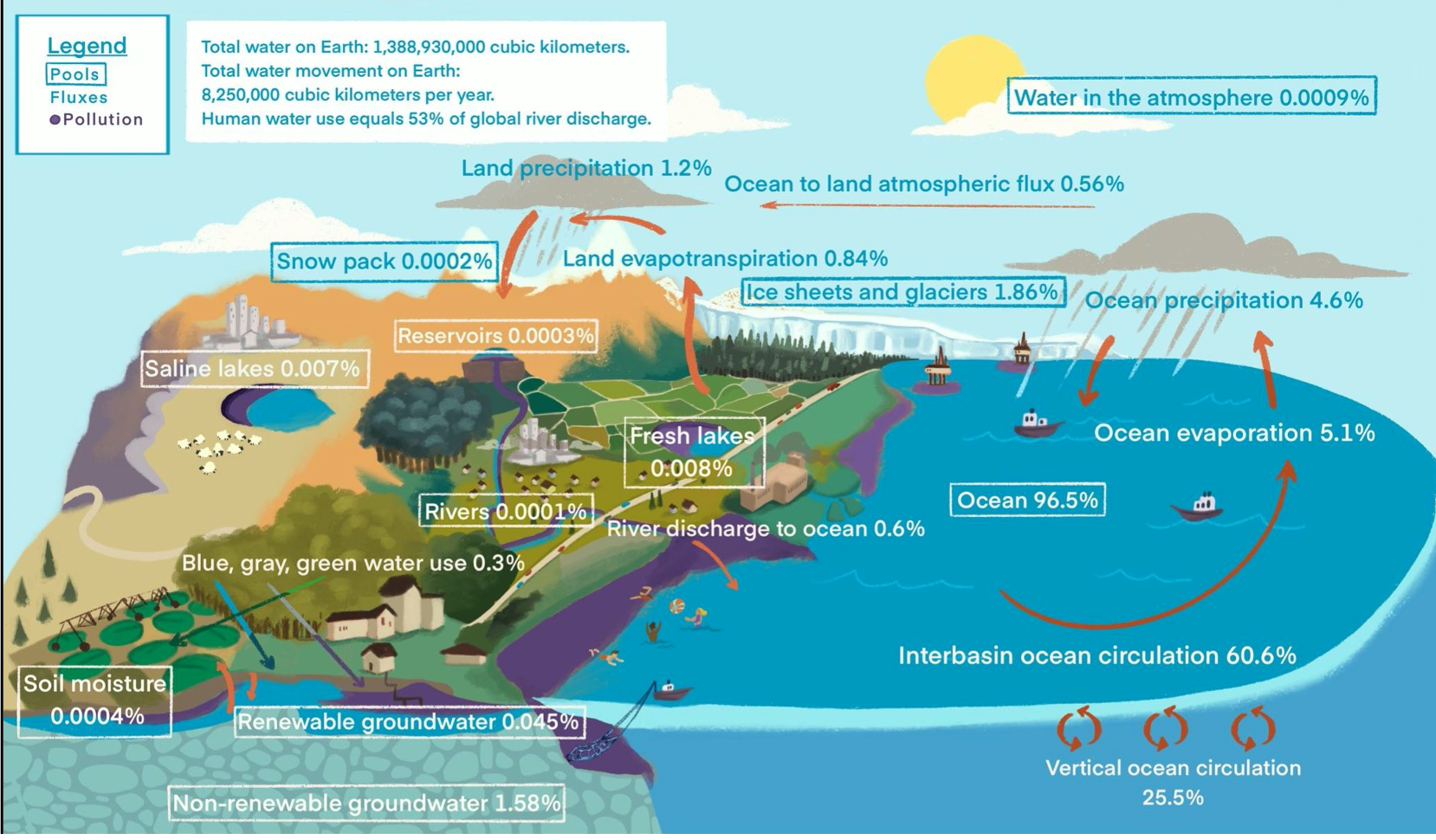
Places And Spaces
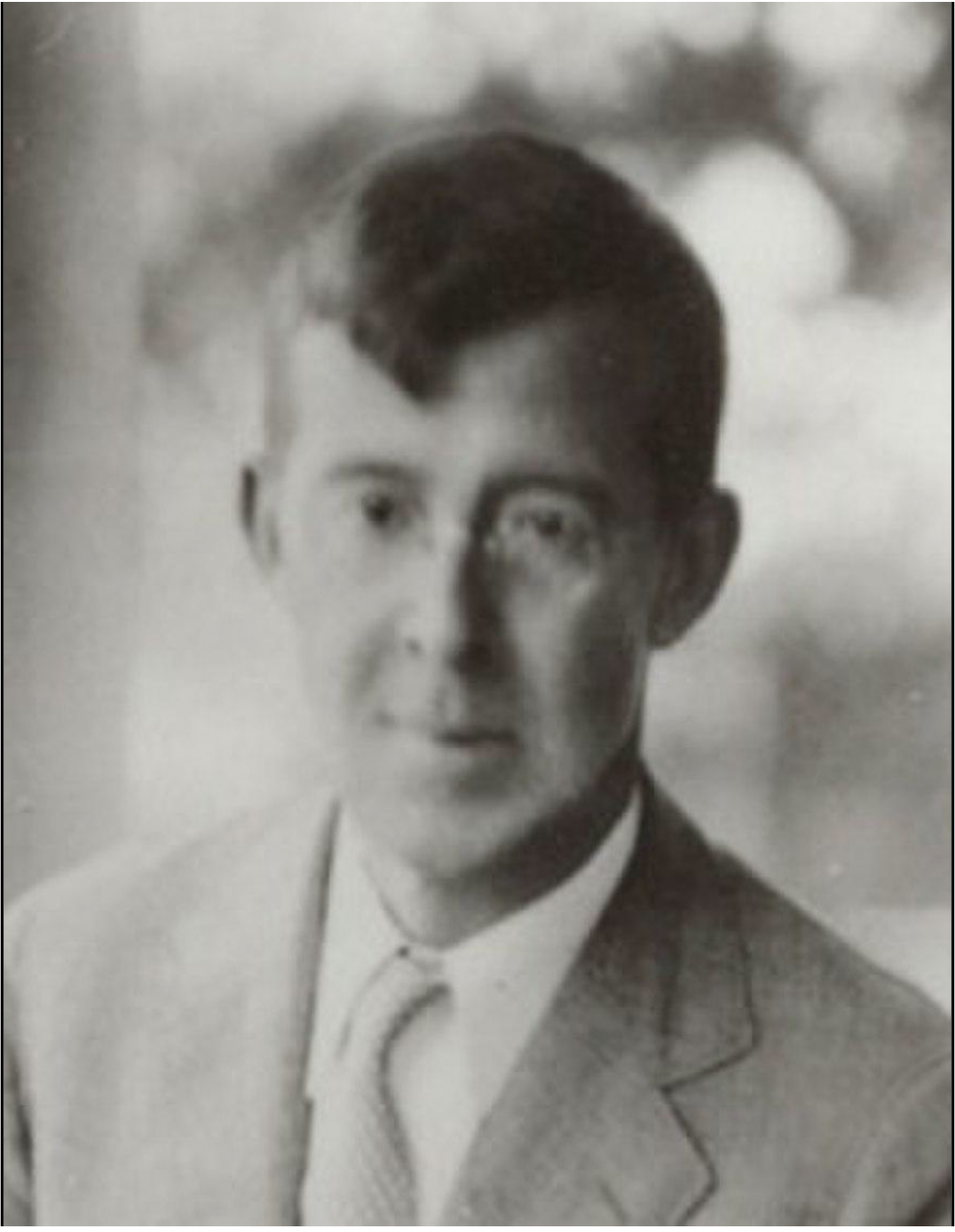
As an important academic category in the study of social stratification, social mobility was first examined by the American sociologist Pitrim Sorokin.[1] In Sorokin’s opinion, social mobility refers to social values—that is, all things created and altered by human activities that move people from one social position to another.[2] In terms of economic (wealth), political (power), and occupational dimensions, Sorokin distinguishes between unequal social structures. He sees class status as a composite of three dimensions of difference.[3] Thus, an analytical and pluralistic concept of hierarchy is formed.[4] This hierarchy is represented as a structural framework. Due to differences in their social attributes, individuals are assigned to different spatial positions in the hierarchical framework.
There is no doubt that education can help individuals move through different spaces in society. In reality, the family into which a child is born usually determines the class in which a child will live his or her entire life. Parents at the top of the social ladder can plan early education for their children.[5] The more time spent with children at an early age, the more the child is exposed to both cognitive and non-cognitive developmental interactions and activities. As a result, children gain greater abilities to communicate and innovate, and the courage to develop. Parents of these children are not only more involved in their studies, but in their spare time, where they involve them in afterschool activities. These activities not only develop non-cognitive skills, but also academic values and habits. These students gain the ability to better communicate and interact with authority figures. At the stage of higher learning, policies strive to establish and strengthen spatial stratification. Wealthy parents also donate money to educational institutions, giving their children more opportunities to attend elite universities. The gap between elite and standard universities in the quality of education is wide. Groups are always in a kind of unconscious self-replication. As a result, upper-class kids have enough resources to attend an elite university, which provides them with more opportunities. In this way, the educational cycle is closed. Educational segregation leads to the solidification of social classes. This further aggravates the educational division, leading to a vicious social circle.
In the end, social development slowly shrivels—as, for example, in the French Revolution in 1789,[6] the uprising of Zhang Xianzhong[7] and Li Zicheng[8] at the end of the Ming Dynasty.[9] In Chinese history, the establishment of the imperial examination system brought vitality to the country through fairness in education, broke family monopolies in politics, enhanced social mobility, and ensured social stability.[10]
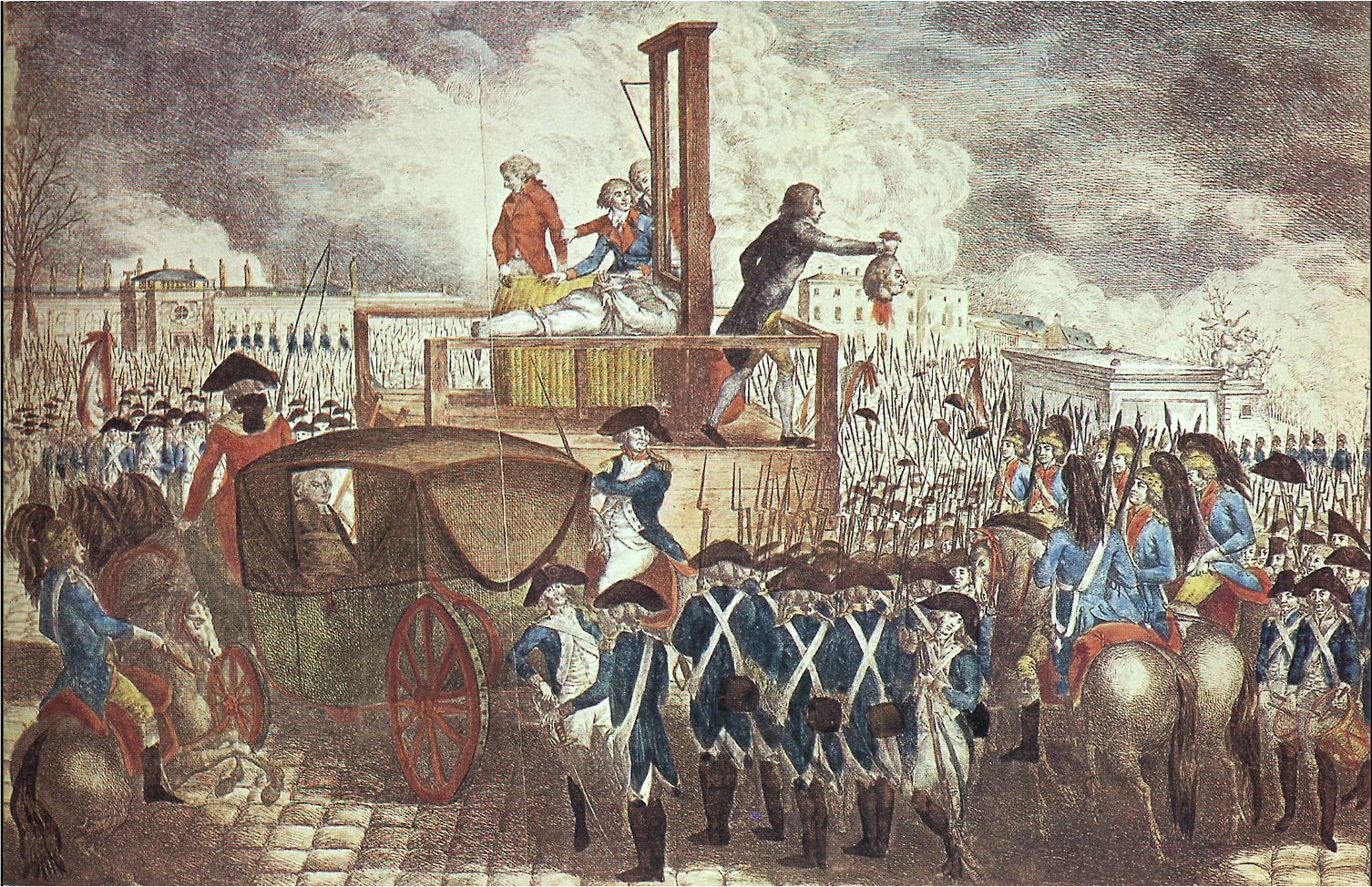
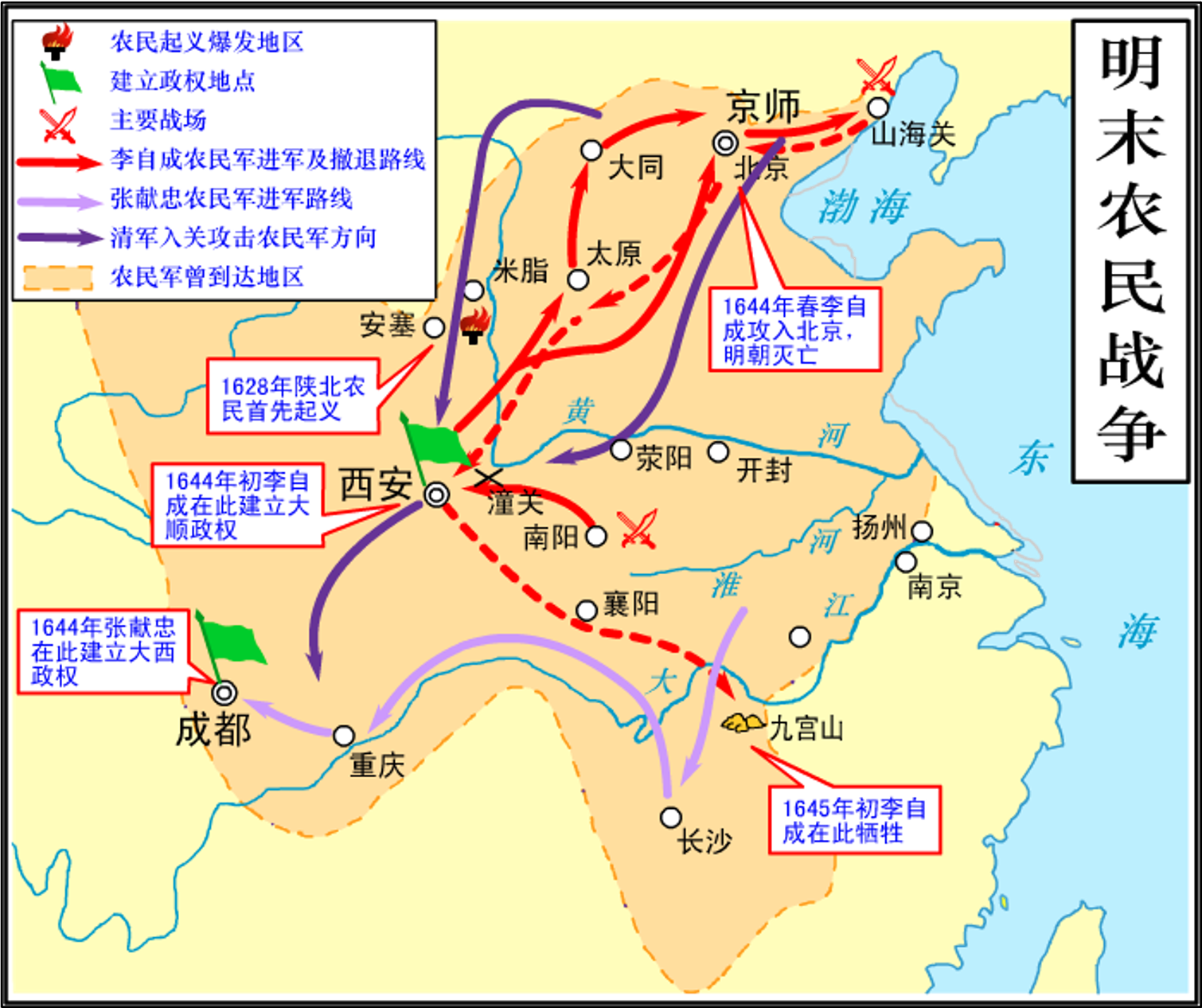
Mobility among different social classes is an important factor in maintaining social stability. Social fragmentation inevitably leads to political polarization[11] and populism.[12] Education, therefore, is the cornerstone of social stability and development. It encourages people to move between social classes and energizes development. The phenomenon of social equity enables capable people to master the resources needed to match their abilities and promotes the benign development of society. But in reality, educational opportunities are separated by time, space, and resources, resulting in educational inequality and hindering the benign development of society. It is necessary for people to break down such divisions with action.
Looking And Listening—The Oriental Symphony Orchestra
The Oriental Symphony Orchestra is an organization with a sense of social responsibility. We are exploring programs that promote equity in education by trying to reach the educational programs themselves, where cutting-edge educational resources are the most scarce. Our concept comes from relativity[13] and the science-fiction notion of space folding,[14] which is like going from one point on a flat piece of paper to a point on the other side in a straight line. It can be done by folding the paper and bringing the two points together. In the concept of space folding, it is theoretically possible to bend space as long as there is a certain amount of gravity.
We believe that the continuous efforts of everyone who has the same goals can make society develop in a fair direction. We have produced a series of art projects called “Looking And Listening.”[15] These projects demonstrate our efforts to promote educational equity. A small chamber music group of six or seven people travels within China. Their performances of Western chamber music are accompanied by the art of painting, integrating Eastern and Western history, humanities, art, and philosophy. This shows the audience the beauty of art. Since the end of 2018, we have travelled to poor villages in China many times to perform, without charge, for students. Due to the restrictions of the sites, our musicians often sit on the students’ desks and chairs to perform. In 2018, we went to Fuping county in Hebei Province, then one of China’s poorest counties.[16] We performed a New Year’s Concert at the local vocational and technical education center. In 2019, we went to Tang County in Hebei Province,[17] where our performance took place in the auditorium of a high school. About 450 students and teachers heard the performance, which received excellent feedback. We will have more performances in China’s counties, cities, and villages in the future.
The project has benefited from the Chinese government’s rural revitalization program.[18] China now has a population of about 1.44 billion, according to the seventh census released by China’s National Bureau of Statistics.[19] The rural population is nearly 510 million, accounting for 36.11%. There were only 15,467 people in rural areas with a college or advanced degree per 100,000 people. The huge demand for our efforts is the source of our creation and our development of projects. From the concert hall to the town and the school, in our constant pursuit of motivation and progress, we enable our audiences to experience the beauty of art, music, and painting.
China’s Rural Development Report, jointly released in 2018 by the Institute of Rural Affairs of the Chinese Academy of Social Sciences and China Social Sciences Press in Beijing, pointed out that the hollowing out and aging of rural populations is a serious issue. We hope that the development of society will not leave these populations behind. We hope to bring freedom of thought and rational thinking to every audience, especially in rural areas. We strive to develop goodness and beauty from a global perspective, and to promote the development and vitality of the rural population through cultural education. We use our resources to promote a more equitable society. Equality and education open windows for children, helping them to develop self-esteem. The pursuit of this process promotes social development.
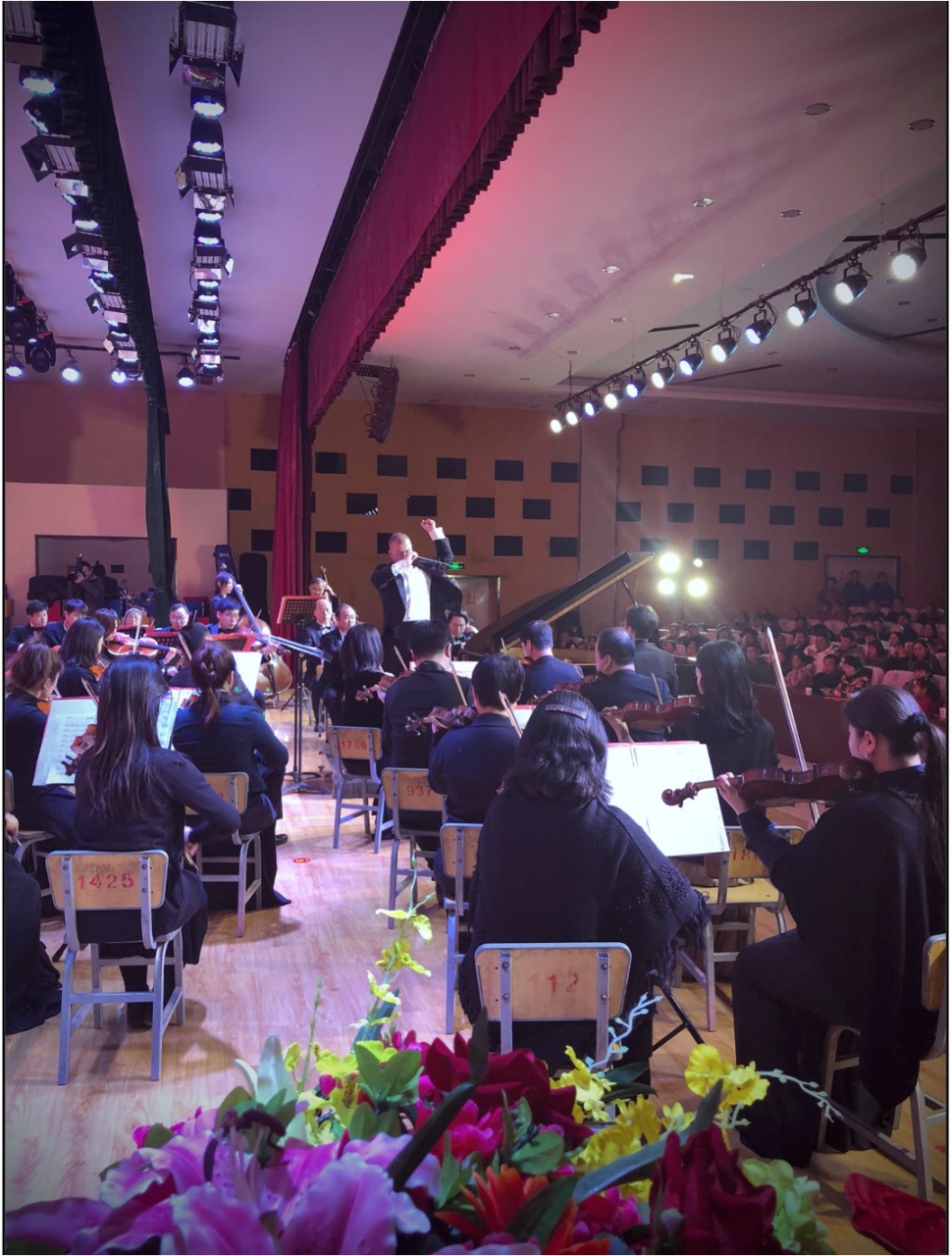
China’s Rural Development Report, jointly released in 2018 by the Institute of Rural Affairs of the Chinese Academy of Social Sciences and China Social Sciences Press in Beijing, pointed out that the hollowing out and aging of rural populations is a serious issue. We hope that the development of society will not leave these populations behind. We hope to bring freedom of thought and rational thinking to every audience, especially in rural areas. We strive to develop goodness and beauty from a global perspective, and to promote the development and vitality of the rural population through cultural education. We use our resources to promote a more equitable society. Equality and education open windows for children, helping them to develop self-esteem. The pursuit of this process promotes social development.
Circle Of Life
In addition to China, countries around the world improve resources and promote social and education equity to reduce poverty, protect culture, improve the environment, and prevent crises. There are also many organizations that have these goals, including the World Bank, UNICEF, UNDP, and UNESCO. What these organizations do is the embodiment of human goodness.
Art should not be put on the shelf. Classical music, painting, art, literature, and philosophy should not be the exclusive privilege of people in certain classes. They should belong to ordinary people’s understanding. Art has to belong to the masses. The true meaning of art is the meaning in everyone’s heart.
Just as streams need to be vibrant, upstream and down, to complete the natural ecosystem, and rainwater needs to complement the oceans and lakes to complete the earth’s cycle, human society needs a never-ending impetus to make history. Through the equitable distribution of educational resources in the social space, society can provide opportunity for everyone, making it possible for people to thrive in the social space, and for capable people to move forward with knowledge, intelligence, courage, and creativity. People of less advantaged classes can achieve self-growth and change their place in the society through education. Ultimately, they can become the driving force of social development. Different social classes need not be antagonistic, but can work to their mutual advantage.
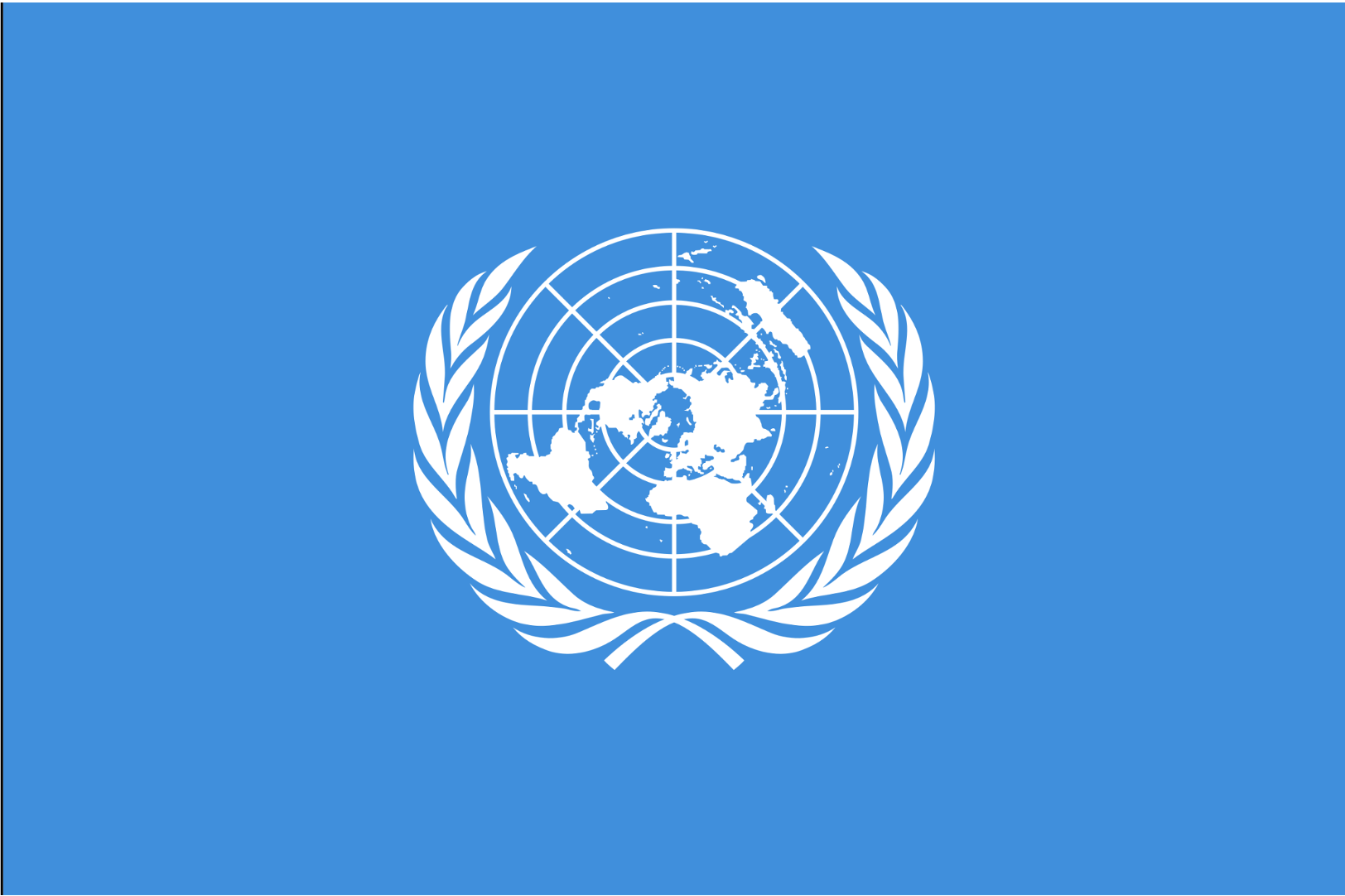
[1] Pitirim Alexandrovich Sorokin (January 21, 1889-February 10, 1968) was a Russian-American sociologist.
[2] BESOIN DE REFERENCES
[3] Même référence
[4] Pluralism is a philosophical theory that recognizes more than one ultimate truth and value and, as long as each has its own rational basis, is properly offered as an option to the individual. Multiculturalism, when referring to a cultural movement, promotes the full participation of different national, racial, religious or social groups within a larger community.
[5] Early education is targeted at preschool children. It includes education within families and in preschool institutions (nurseries and kindergartens). It usually refers to the education, activities organized, and influence exerted on children from the fetus until they enter primary education. It educates infants (0-3 years old) and young children (3-7 years old).
[6] The French Revolution was a period of social radicalization and upheaval. It had a profound and widespread impact on French history and on the whole of Europe. The French political system underwent many changes during the Revolution. The absolute monarchy and feudalism that had ruled France for centuries collapsed within three years.
[7] Zhang Xianzhong, born in Weiliushujian, Yan ‘an, Shaanxi province on September 18, 1606, was one of the leaders of the Uprising in the late Ming Dynasty.
[8] Li Zicheng, born in Mizhi, Shaanxi on September 22, 1606, was one of the leaders of the Uprising in the late Ming Dynasty.
[9] The Ming Dynasty (1368-1644) was the last unified dynasty in Chinese history. Founded by the Han nationality, it lasted twelve generations and saw sixteen emperors during 276 years.
[10] The Imperial examination system was a system for selecting officials. It was an important political system in ancient China, and had a great influence on Chinese society and culture. It directly brought into being the scholar/bureaucrat class, regardless of family status. In addition to China’s imperial examinations, Asian countries bordering China, including Vietnam, the Korean Peninsula, the Ryukyu Islands, and the Japanese archipelago, also introduced the system. The imperial examination, which began in the Sui Dynasty in 605 and took shape in the Tang Dynasty, lasted until the end of the Qing Dynasty, when it was abolished in 1905. In Vietnam, it was not abolished until 1919, at the end of the Nguyen Dynasty. The entire imperial examination system lasted for more than 1300 years. The civil service recruitment system of most countries in modern Europe, America, and Asia is based on the imperial examination.
[11] Political polarization refers to the ideological opposition of political attitudes. In most two-party states, it reflects the country’s dual political ideology.
[12] Populism is usually the opposite of elitism. After the invention of democracy in ancient Greece, there was a debate about whether aristocrats or the general public should control politics. Populists demand grassroots democracy. They see political elites (present or future) as pursuing their own interests, and as corrupt and untrustworthy, and want political affairs to be decided directly by the people.
[13] Relativity is the theory of space/time and gravity. It was mainly created by Einstein, and can be divided into special relativity and general relativity.
[14] Space folding, or wormholes, is also known as Einstein-Rosen Bridges. It is a possible, narrow tunnel in the universe connecting two different space-times. Wormholes were first proposed by the Austrian physicist Ludwig Flamm in 1916. In the 1930s, Einstein and Nathan Rosen assumed that black holes and white holes were connected through wormholes. They thought that wormholes could be used for instant space transfer or time travel.
[15] The Oriental Symphony Orchestra was founded in 2003. It was the first shareholding orchestra in China. Ms. Chong Wang, a musician, is the president of the orchestra, Mr. Sun Ying is the young conductor of the orchestra, and Mr. Liu Chang, a violinist, is the concertmaster. The orchestra popularizes symphonic music through a variety of performances, and focuses on bringing new experiences to the audience through performances and innovative content. In 2014, it won the Special Award of The Ministry of Culture of China. Dunhuang, an immersive symphonic work created in 2020, was funded by the National Art Fund of China.
[16] Fuping County belongs to Baoding City, Hebei Province, China, and used to be a deeply impoverished county. As of 2012, nearly half of the population was still mired in poverty, and 30 percent of the county’s population did not have more than a junior high school degree. With the implementation of the Chinese government’s rural revitalization plan, it was officially dropped out of the poverty county sequence in February 2020.
[17] Baoding City, Hebei Province, China, is located in central Hebei and western Baoding. In May 2019, the poverty-stricken county was officially removed from the list.
[18] The rural revitalization strategy, a plan for developing rural areas and farmers , was proposed by Chinese President Xi Jinping in his report to the 19th CPC National Congress on October 18, 2017. It has been implemented as a key government work. Under this strategy, a number of provinces carried out activities such as “provincial, city and county level joint purchase of culture to benefit the people.” The strategy promotes the popularization of culture and art through financial subsidies, and promotes the development and vitality of rural population through cultural education.
[19] The seventh Population Census was carried out by the government of the People’s Republic of China in 2020. According to the regulations on the national Population Census which took effect June 1, 2010, the People’s Republic of China conducts a national population census every ten years.
Wang Muxi was born in Beijing in 1988. Studied violin since childhood. Studied in the middle school attached to the Central Academy of Arts and crafts in high school. Graduated from Beijing Dance Academy in 2010, Stage Design.
Since 2018, she has served as the executive director of China Oriental Symphony Orchestra, designed and produced the symphonic music project “Dunhuang’s Ancient Music Scores Translated by Oriental Symphony Orchestra” , which has won the support of China National Art Foundation. And is committed to promoting the popularization of aesthetic education in China.
Hang LU is an artist, graduate of the Fine Arts Institute of Sichuan in China and the School of Fine Arts of Bourges in France. He has exhibited at the Blue Roof Museum in China and Galerie Crous in France.
Wang Muxi was born in Beijing in 1988. Studied violin since childhood. Studied in the middle school attached to the Central Academy of Arts and crafts in high school. Graduated from Beijing Dance Academy in 2010, Stage Design.
Since 2018, she has served as the executive director of China Oriental Symphony Orchestra, designed and produced the symphonic music project “Dunhuang’s Ancient Music Scores Translated by Oriental Symphony Orchestra” , which has won the support of China National Art Foundation. And is committed to promoting the popularization of aesthetic education in China.
Hang LU is an artist, graduate of the Fine Arts Institute of Sichuan in China and the School of Fine Arts of Bourges in France. He has exhibited at the Blue Roof Museum in China and Galerie Crous in France.
